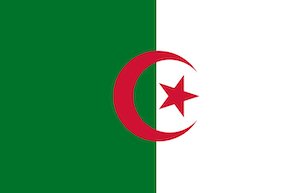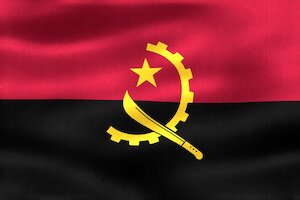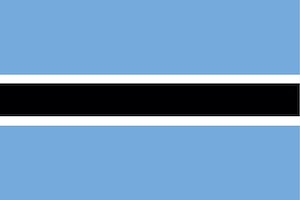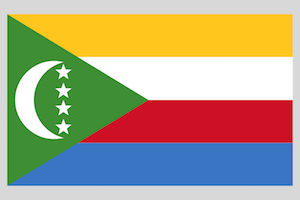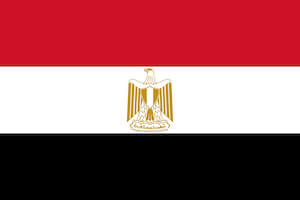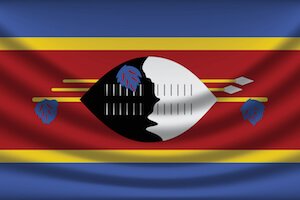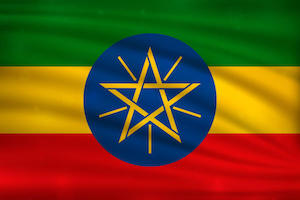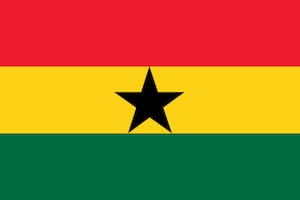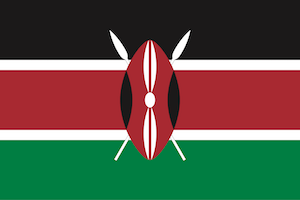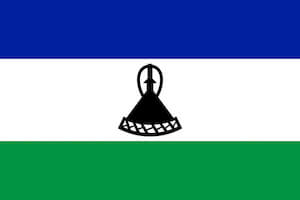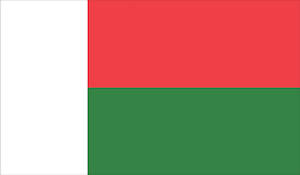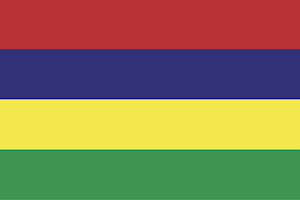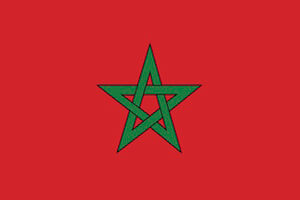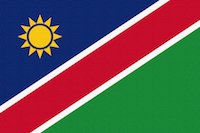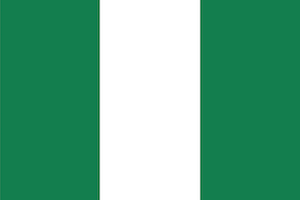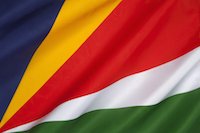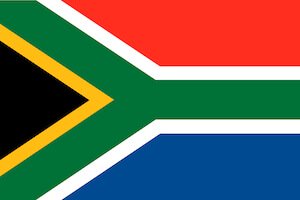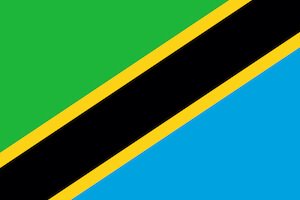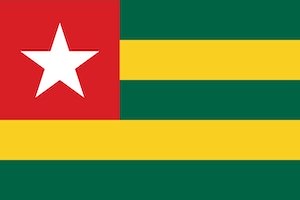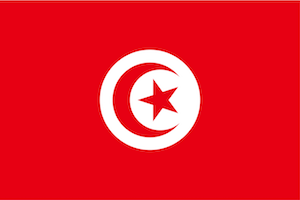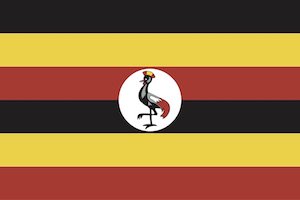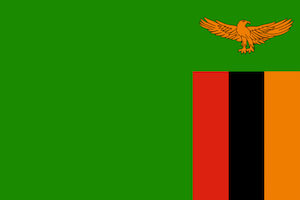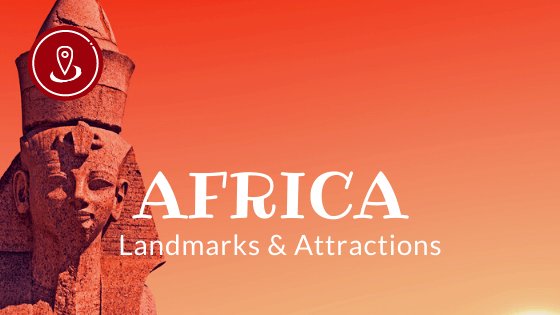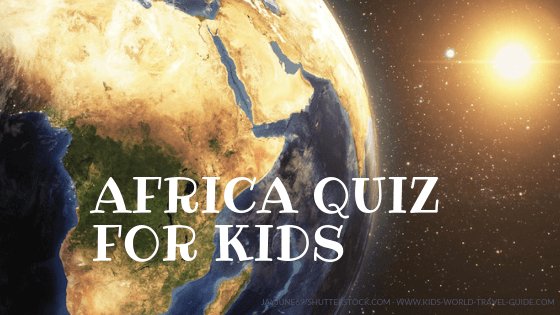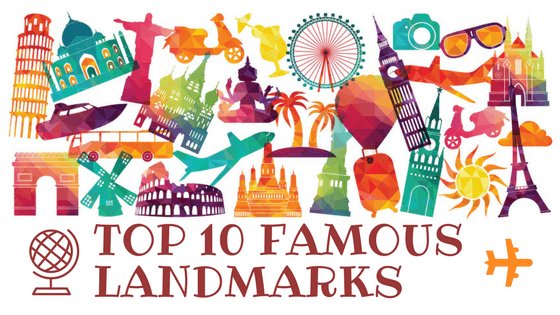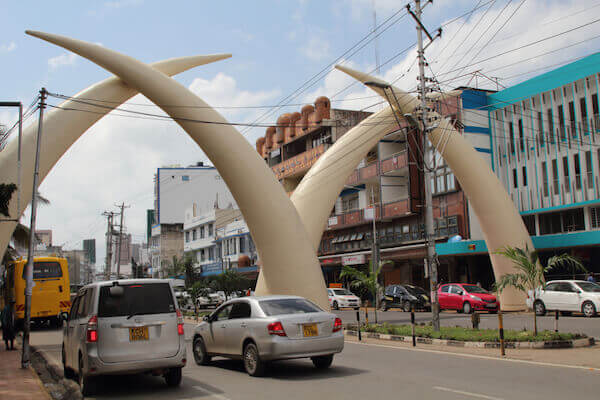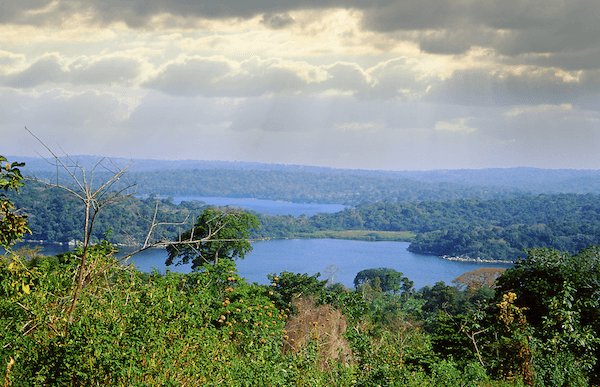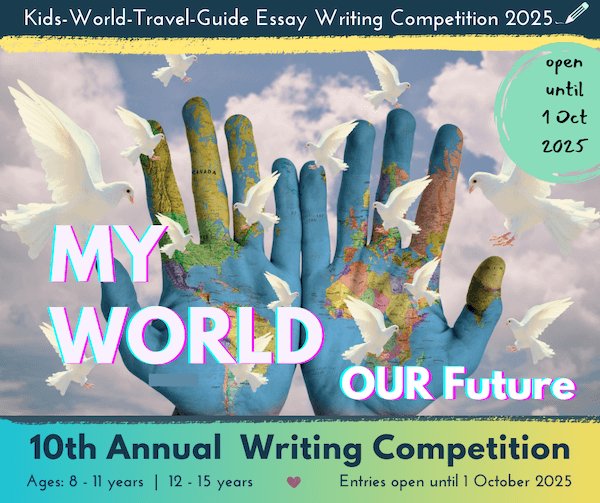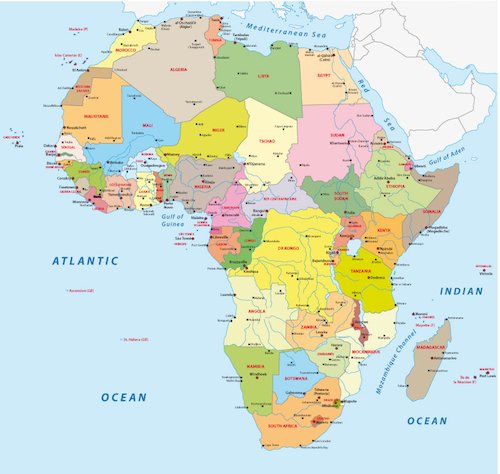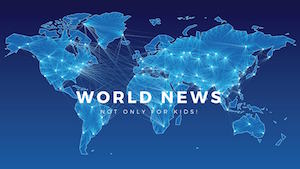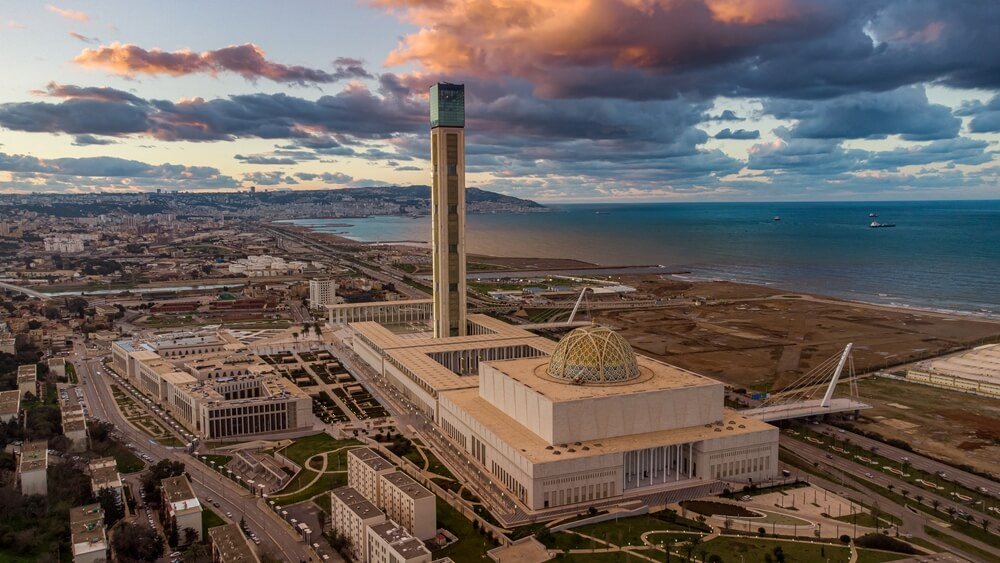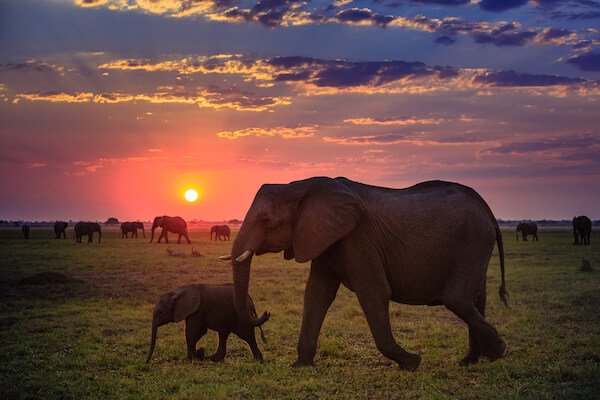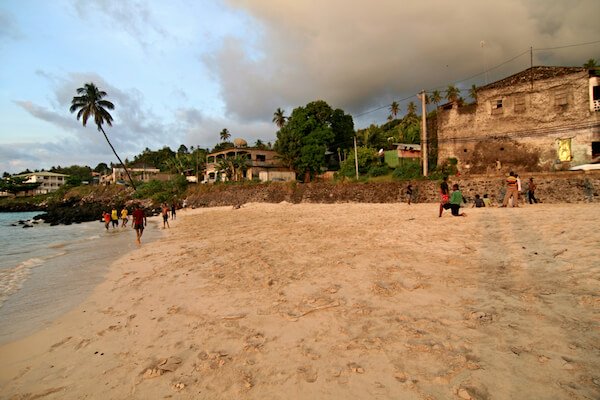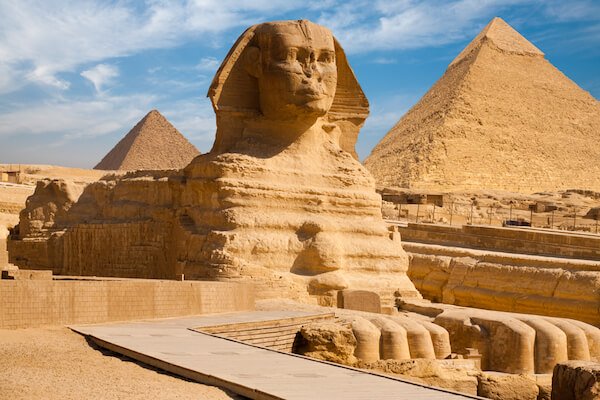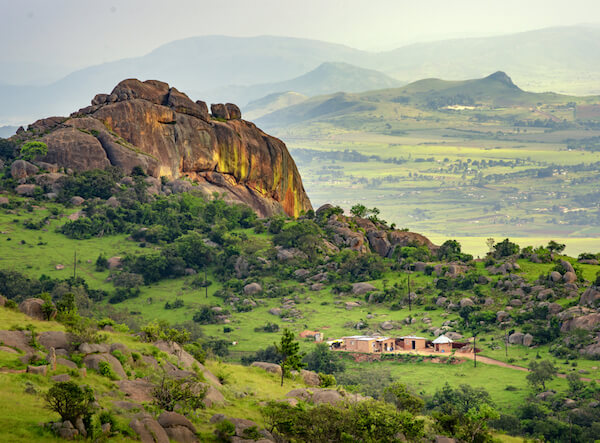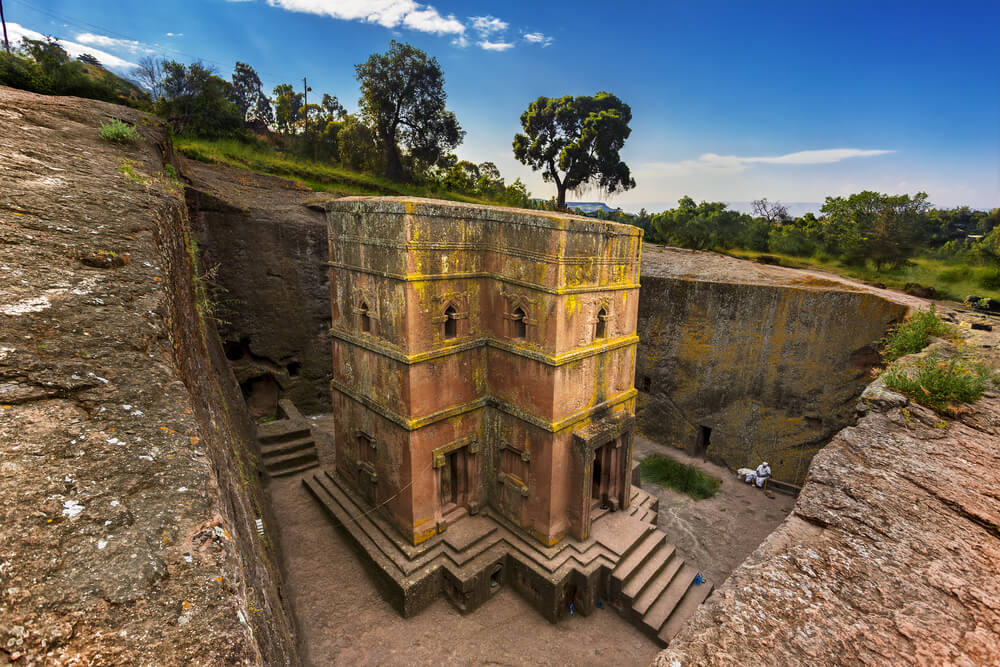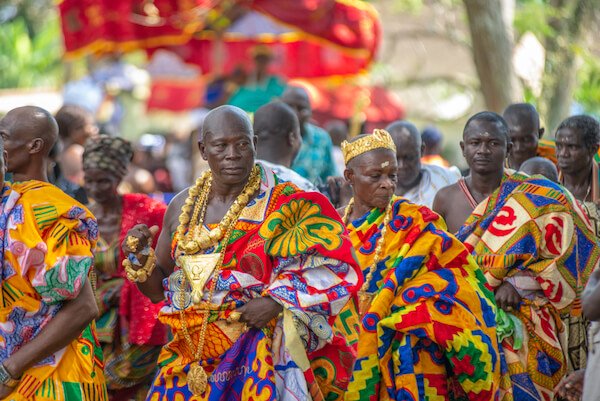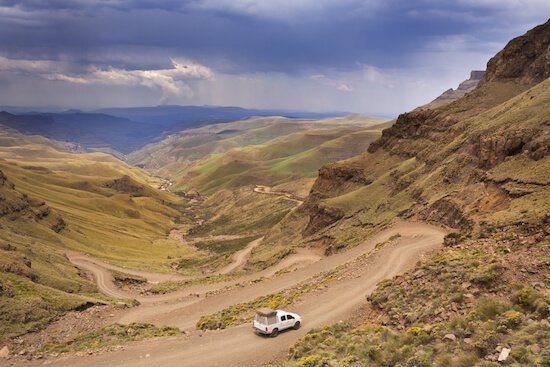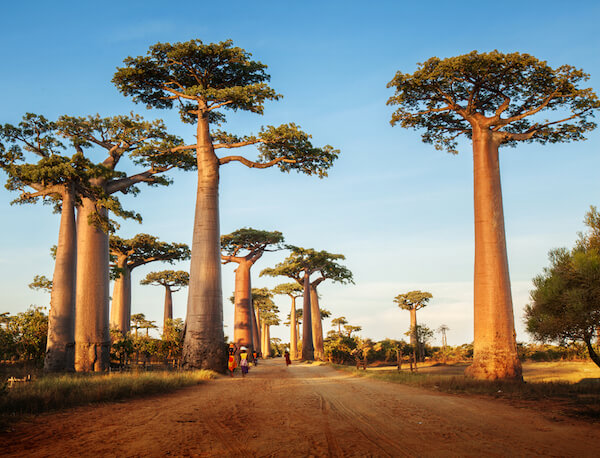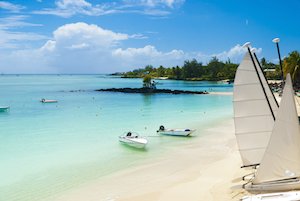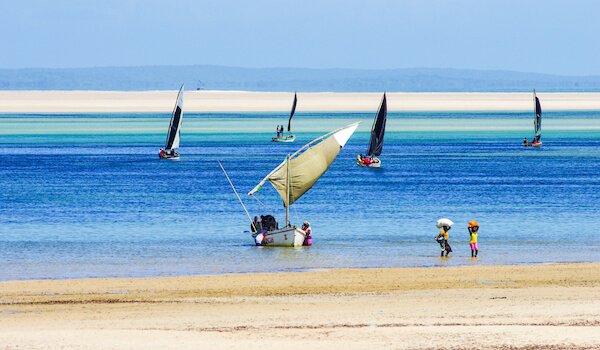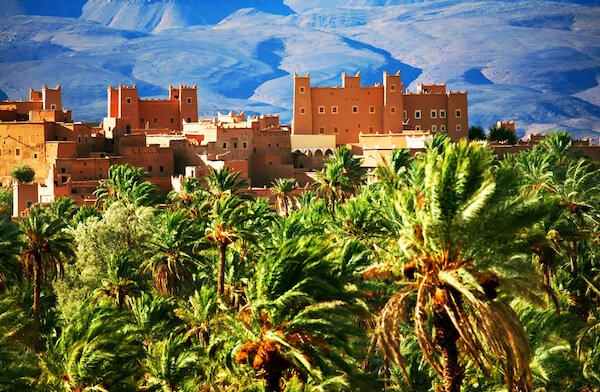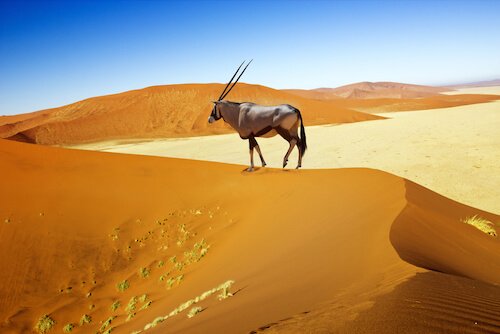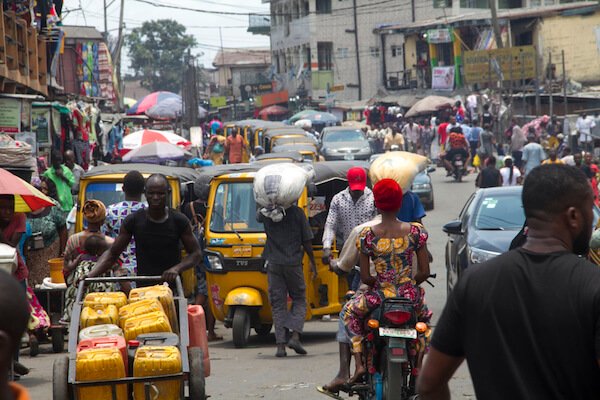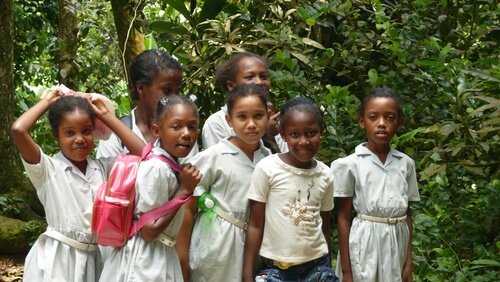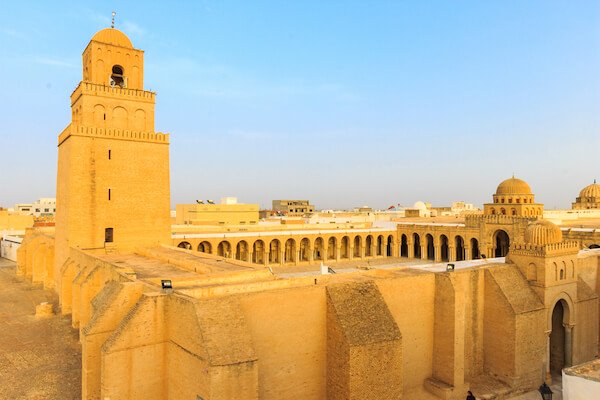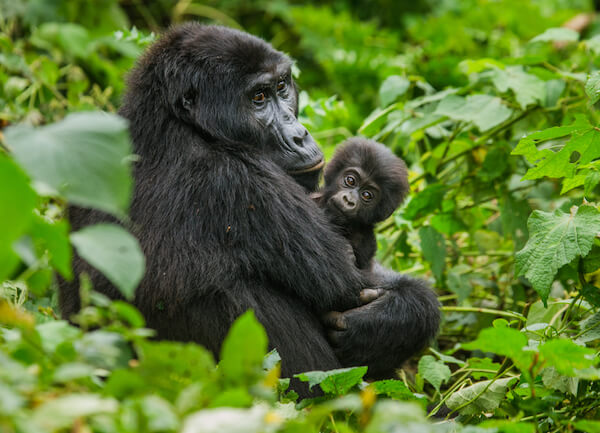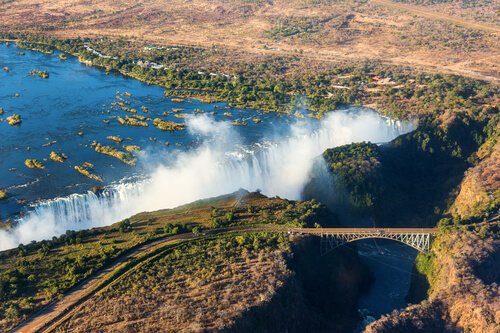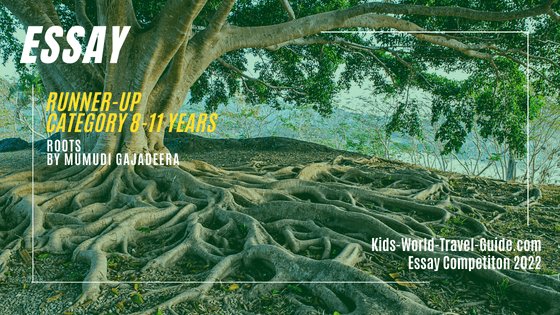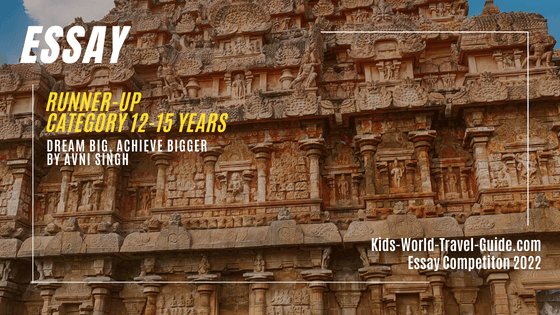- Homepage
- Africa
Africa Facts
Our Africa Facts for Kids provide 20 interesting and fun facts on the African continent.
Africa is second largest continent in size and the second largest continent in population.
The African continent is located mainly in the Eastern Hemisphere and to the major part in the Northern Hemisphere.
Did you know that Africa is bigger than the USA, Canada and India together? Africa covers an area larger than 30 million square kilometres/ 11.7 million square miles!
Top 20 Africa Facts
1. There are 54 countries in Africa - and 9 dependent territories. More than 1.5 billion people live on the African continent. This means about 18% of the world's total population live in Africa!
Click on the flags to learn more about these countries:
2. Largest Country: Algeria. This country is among the ten largest countries in the world.
The most populous country in Africa, however, is Nigeria, with more than 230 million people, but the country is only a third of the size of Algeria.
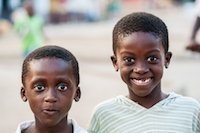
3. Largest City: Lagos in Nigeria. With 30 million inhabitants, Lagos is also one of the biggest metropolitan cities in the world and is estimated to become the world's largest city by 2100 with more than 100 million inhabitants!
4. Smallest Country: Seychelles, which is an archipelago (nation of islands) in the Indian Ocean. On the African mainland, the smallest country is The Gambia. Read our Seychelles Facts here.
5. Biggest Island: Madagascar in the Indian Ocean. Madagascar is the fourth largest island in the world - after Greenland, New Guinea and Borneo.
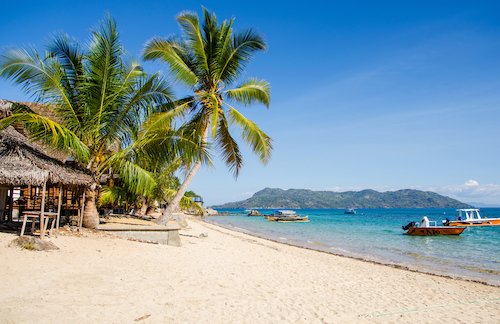 Nosy Kombo in Madagascar
Nosy Kombo in Madagascar6. Longest River: Nile (6,852 km/ 4,258 miles). The Nile is the longest river in the world and passes through eleven countries. The Nile has two sources: The White Nile coming from Lake Victoria in Tanzania and the Blue Nile coming from Lake Tana in Ethiopia. The river mouth is in Egypt. The confluence in Khartoum/Sudan.
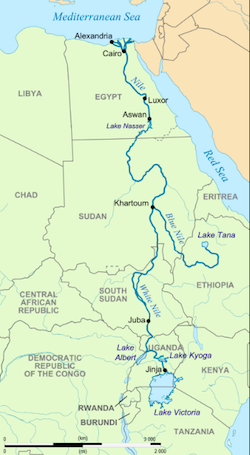 Map of the Nile river
Map of the Nile river7. Highest Mountain: Mount Kilimanjaro in Tanzania. Mount Kilimanjaro has three volcanic cones and the highest volcanic cone of them is called 'Kibo'. The highest peak is called 'Uhuru Peak' with 5,895 m/ 19,340 ft. The mountain is located in the Tanzanian highlands at the border to Kenya. Mount Kilimanjaro can only be climbed from the Tanzanian side but can even be seen from Nairobi, the capital of Kenya.
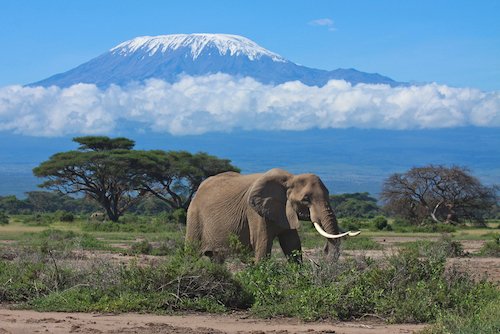 Kilimanjaro - Highest Mountain in Africa
Kilimanjaro - Highest Mountain in Africa8. Biggest Lake: Lake Victoria (bordering Uganda, Tanzania and Kenya) is also the world's second largest freshwater lake. Only Lake Superior in North America is bigger!
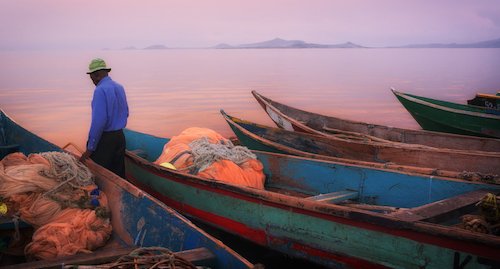 Fisherman at Lake Victoria in Kenya
Fisherman at Lake Victoria in Kenya9. Driest Place: The Sahara in northern Africa is the largest hot desert in the world. The climate is extremely dry (arid) in this region. Read more about the world's deserts here.
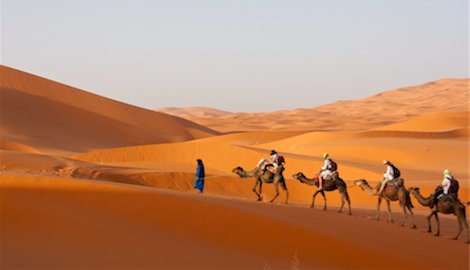 Camels trek through the Sahara desert
Camels trek through the Sahara desert10. There are sixteen landlocked countries in Africa. These countries are all located in the interior of the continent and have neither access to the Atlantic Ocean nor to the Indian Ocean. Two of these landlocked countries, the tiny countries of Eswatini and Lesotho, are located within South Africa.
More Africa Facts
11. History: Africa is the 'cradle of humankind', the place where the first hominids, human beings and their closest relatives the gorilla and chimpanzees, evolved. Fossils found in Africa, show that the modern human evolved there about 5 to 10 million years ago and spread from this continent. One of the earliest evidences of human life were found in South Africa. 'Mrs Ples and the Taung Child are among the most important fossils.
Many powerful kingdoms existed on the African continent in the early history and the Middle Ages. Between the 5th and 15th century, African slaves were traded mainly by Arab traders and later sent overseas. In the late 19th century Europeans started conquering Africa which was then colonised in the 19th and 20th century mainly from Portugal, Britain and France, but also from the Dutch, Italian, Germans and Belgians.
12. People of Africa: There are more than 3,000 different groups of indigenous people living in Africa. They all have their own language and culture. As Africa was colonised and suppressed until the last century, the majority of Africans is still poor. Most African countries only gained independence after World War II in the 1950s and 1960s. The poorest countries in Africa are Malawi, the Central African Republic and Burundi. Among the most developed and richest countries are the Seychelles, Libya, Mauritius, Algeria, Egypt, Botswana, South Africa and Nigeria.
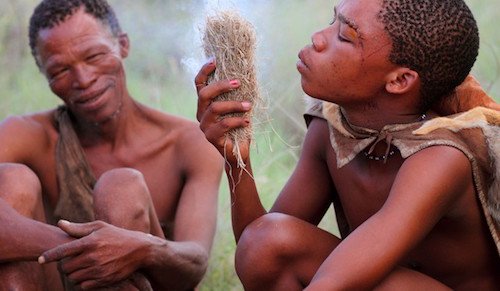 San people from Botswana
San people from Botswana13. Languages in Africa: It is estimated that about 2,000 different languages are spoken on the African continent! Many Africans speak several African languages and also often another 'European' language. In many countries, people speak English, French or Portuguese as an additional language, as these languages are often used in official communication and business. English is widely spoken in Africa as many countries were formerly British colonies. Arabic, spoken in northern Africa, is also used in many North African countries as official language. Swahili, spoken in many East African countries has the most native speakers in Africa.
14. Religion: Most of the African people are either Christians or Muslims. In North Africa and many West African countries, people follow mainly the Islam, while in southern and eastern Africa the Christian faith dominates. About 10% of the African people follow traditional religious rituals which means they have traditional healing rituals such as bone-throwing, herbal medicine and celebrating the spirit of the ancestors.
15. Tourist attractions in Africa: The most popular African tourist attractions are:
|
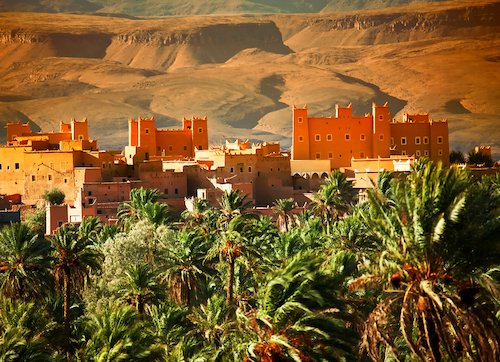 Atlas Mountains in Morocco
Atlas Mountains in MoroccoMore Interesting Africa Facts
16. Biggest Cities: The most populous city in Africa is Lagos with more than 30 million people (2025). Cairo in Egypt is the second largest city in Africa with 23 million people.
Other large cities in Africa are:
- Algiers (Algeria)
- Kinshasa-Brazzaville (DR Congo)
- Johannesburg (South Africa)
- Casablanca (Morocco)
- Dar Es Salaam (Tanzania)
- Nairobi (Kenya)
- Cape Town (South Africa)
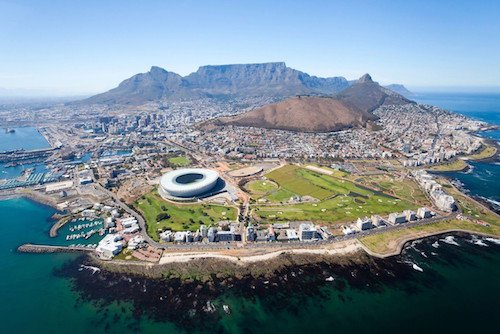 Cape Town/South Africa
Cape Town/South AfricaAfrica Facts - Did you know? The southernmost city on the African continent is Cape Town in South Africa. With about 5 million inhabitants it is also one of the most populous cities in the world.
The southernmost point of the African continent is Cape Agulhas, which is roughly 170 km/ 100 miles southeast from Cape Town.
17. Animals: In Africa, you will find some of the largest mammals on this planet. Among them are the largest land mammal, the African elephant, the tallest mammal, the giraffe, and the fastest mammal, the cheetah, which can run with speeds up to 113 km/ hour or 70 miles/ hour!
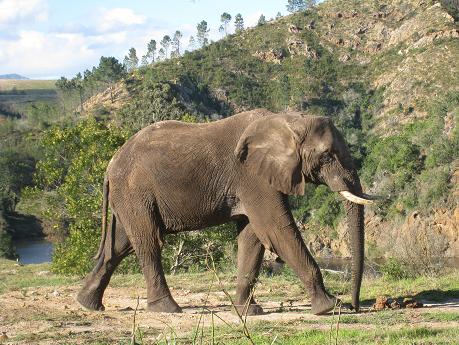 African elephant - the largest land mammal
African elephant - the largest land mammalAfrica is also home to many endangered animals such as the White and Black Rhinoceros. Kruger National Park where one can admire the beautiful African wildlife is one of the biggest national parks and wildlife conservation areas in the world.
18. Main natural resources in Africa are minerals such as oil, copper, gold, diamonds, platinum and agricultural produce such as corn, coffee, wheat and fruits. Almost 65% of all Africans work in the agricultural sector.
19. Nature superlatives:
- Sahara desert is the driest hot desert on earth
- The Nile is the world's longest river
- Tugela Falls in South Africa are Africa's highest waterfalls and the world's second tallest.
- Blyde River Canyon in South Africa is the world's largest green canyon
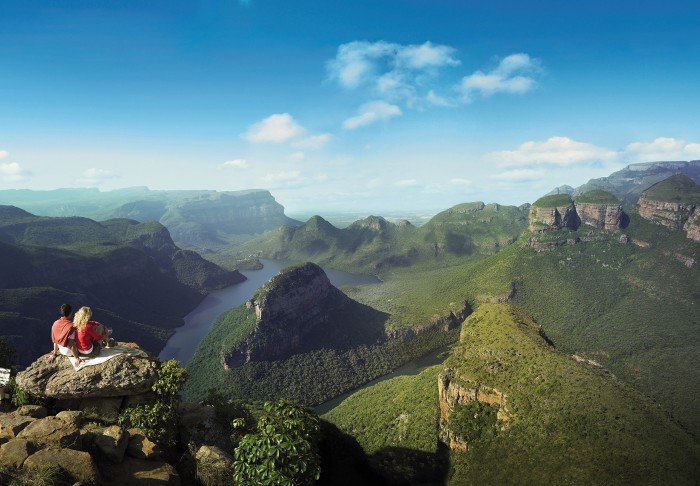 Blyde River Canyon South Africa
Blyde River Canyon South Africa20. Geography: More than half of the African continent is covered by grassland or savannah. Northern Africa is dominated by the vast Sahara desert and the semi-arid Sahel zone which also includes fertile land in the Nile delta. Central Africa has rainforests, coastal plains and the continents highest mountains and lakes. Southern Africa lies mainly on a high plateau and only has a small coastal band.
And one more interesting fact: The Cape Floral Region in South Africa has the most plant varieties in the world!
Have fun with our Africa Facts Quiz
Popular Pages - More Africa Facts
Useful Resources for Africa Facts
- Nations Online. Political Map of Africa. Last accessed 15 January 2025
- Jeff Desjardins. "By 2100 none of the world's biggest cities will be in China, the US or Europe."WEF. 20 July 2018. Last accessed 15 January 2025
- National Geographic. "World Atlas for Young Explorers". Washington: 2010
- "Earth Condensed". The World Atlas by Millennium House. London: 2009
Image Credits on Africa Facts page: Shutterstock.com, wikipedia commons and own
Return from Africa Facts to Kids-World-Travel-Guide Homepage
The African continent is located mainly in the Eastern Hemisphere and to the major part in the Northern Hemisphere.
The 10 largest Countries in Africa
|
Dependencies in Africa
|
There are 9 dependencies, among them Reunion (belonging to France), the Canary Islands (Spain) and Madeira (Portugal) |
More Countries in Africa
 Tanzania
Tanzania